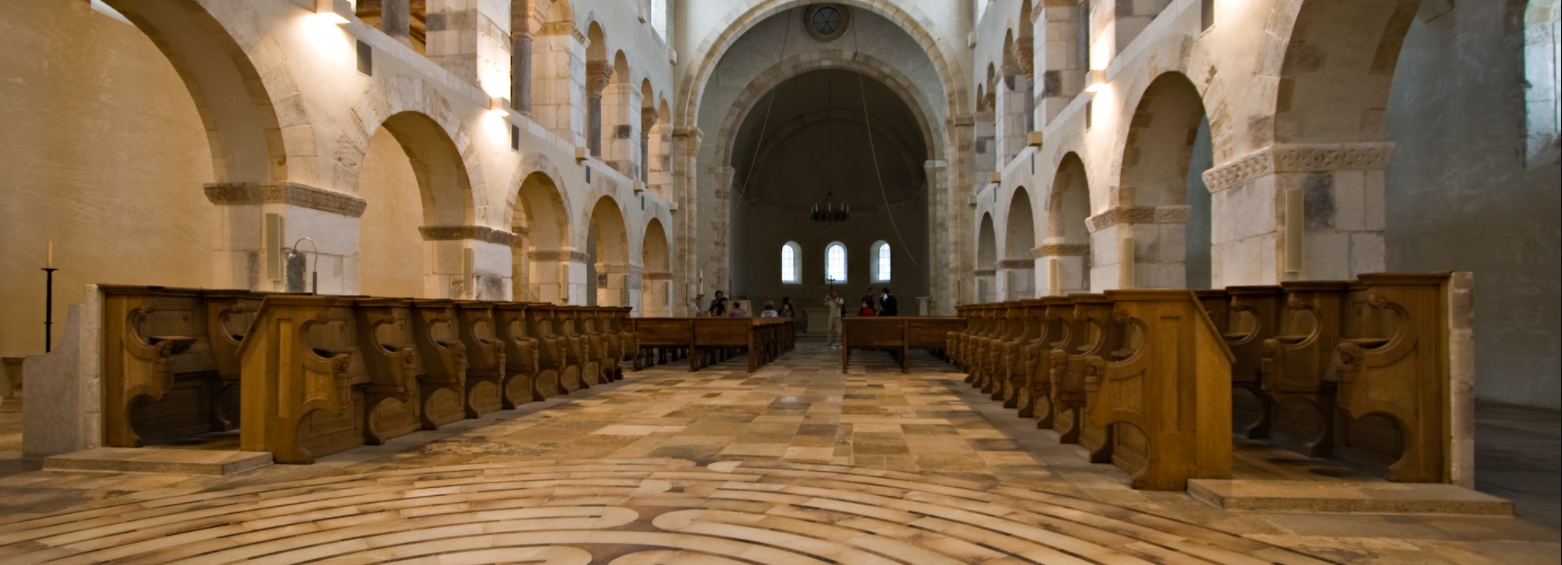
Introduction
One of the remarkable things about Belgian Trappist ales is how they are simultaneously idiosyncratic yet instantly recognizable as kindred. Pour yourself a glass of Chimay, Rochefort, Achel, Westmalle or Westvleteren. You’ll be astounded by how the individualistic spirit of each brewery mates with the hallmarks of the “style”. Brewing beers like these are what prompted me to get into brewing in the first place.
Testing is being done to re-imagine how these beers can be brewed using Modern brewing methods. “These beers” being the staples of some, but not all, of the Belgian Trappists: the Single (or Patersbier/Table Beer), the Dubbel, the Tripel, and the aptly name Dark Strong Ale. So how can brewers “re-imagine” the artfully rendered Trappist ale? Do they even need to? Why would they want to? Let’s take a deeper dive into the ideas and concepts…
The Basic Principle
The Why
There is one driving principle that anchors the desire to use Modern methods in the homebrewing setting: unmolested and untarnished fresh malt flavor. Without this fundamental underpinning, brewers wouldn’t care all that much about pre-boiling, treating with anti-oxidants, limiting excessive mechanical agitation and sources of oxygen ingress, etc. One of the most interesting aspects of Modern brewing is how caramalts present themselves in terms of flavor.
Suddenly the flavors and aromas described in Weyermann’s Product Catalog and Malt Flavor Wheels become very apparent. I have gone to using Weyermann malts exclusively for the usefulness of these tools alone. The flavor of their malts are of course unparalleled but it’s these tools that make using them such a good experience.
Talking Flavor
The flavors of the darker Trappist ales in particular come shining through when using CaraHell, CaraBelge, CaraRed, Caramunich (I, II, and III), CaraBohemian, and CaraAroma. In addition to these I use Dingemans Special B. You can get wonderful fig, raisin, date, plum, cherry and nut flavors from these malts. So why do we care? Why not just use Candi Syrups and be done with it? This brings me to my mission statement and outline for moving forward: It is now possible to create an ale in the Trappist “style” that relies on the subtleties and delicate flavors of the malt, rather than the sugar, of a particular grainbill to provide the counterpoint to the yeast profile.
Moving It All Forward
Let’s look at some important steps in making this work:
Fermentables
Sugar is still required – Just because you want to mimic and replace the flavors from dark sugars and syrups with malt flavors, doesn’t mean you eliminate sugars. In Dubbel, Tripel and Dark Strong Ale, you’ll still be targeting between 10-18% sugar as a fermentable. I have found in initial testing that Sucrose (table sugar) and Turbinado work very well and are cheap. Contrary to the generally accepted thought process, Dark Candi Rocks are actually a good thing in this arena. They give you color (which you need desperately in the Low Oxygen environment) but not much flavor.
Blend your malt – This goes for both base malt and caramalt. Use Pilsner or Pale Ale as a base and blend in Vienna and Munich malts to get color and flavor correct for both pale and dark beers. For dark beers exclusively, blend 2-3 caramalts with the correct flavor and aroma profiles together for complexity that rivals the available syrups.
Fermentation
Think outside the (fermentation) box – Use the levers available to you to allow the Belgian yeast to free rise. More so than any of the ingredients you’ll put in, the yeast derived flavors are the star of the show as always, especially with Trappist yeasts. Play with pitch rate, temperature and aeration to find the balance. Try to limit wild swings but also let the yeast go where it needs to.
Packaging
Try Bottle Spunding – One of the hallmarks of the Belgian Trappists is their exclusive use of bottle conditioning. One of the easiest ways to accomplish this and exclude oxygen is to bottle with remaining extract. The beer self carbonates in the bottles and the presence of active yeast serves to eliminate any oxygen picked up at bottling time. The one downside is that you can be left with a fair amount of yeast sediment in the bottles. This may or may not be an issue for some.
One of the ways i’m working to limit this is to let the beer get closer to terminal gravity and bottle with extract remaining and dose it with sugar. There should be less sediment and the active yeast scavenges while the sugar addition gives the required extract for carbonation. It is worth noting that an FFT is essential for this method of packaging.
Buck the trend and carbonate lower – I have been carbonating these beers in the 2.5-2.7 Vol. range using a hunch I have about some of the sharpness I get from these beers being related to high levels of carbonation. It seems to be providing a smoother overall flavor.
Wort Production
Keep it under 9% – I’m in the camp that says there really isn’t a reason for a beer to be over 9% alcohol. Whatever you think the Pros may be, the Cons, at least in my opinion, outweigh them. This is especially true in the case of these beers. Rochefort 10, Westy 12 and Achel Bruin Extra aside, most of these beers don’t exceed 9%. A look at their specs shows lower Original Gravity and high attenuation. Let attenuation drive the alcohol content and not the gravity. The result will be better and swifter fermentation and the characteristic “digestible” profile.
This is a work in progress, but it is something that is exciting and hopefully other brewers will see the merits here and run some experiments for themselves. Cheers!